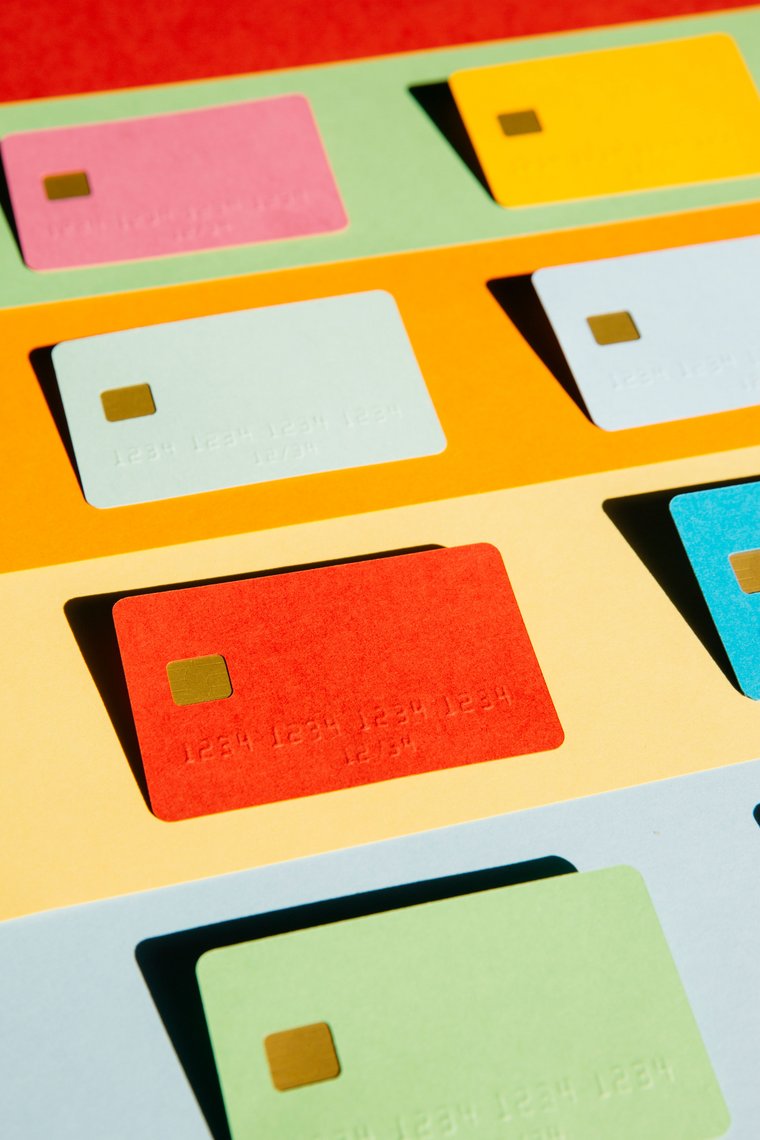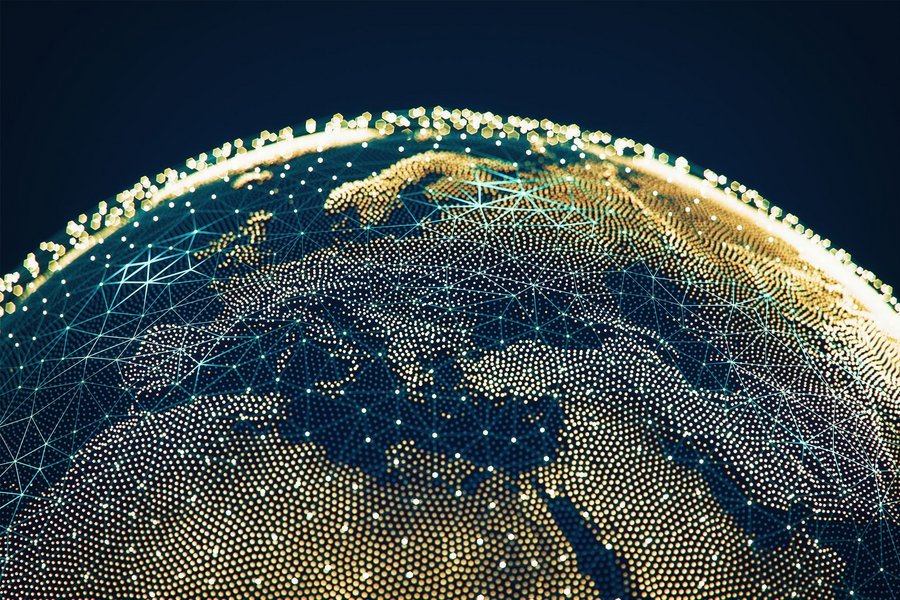Environmentally friendly payment cards
The card industry is also committed to sustainability, with an increasing number of payment cards made from wood and corn starch in a concerted effort to move away from plastics. One of the biggest advances in this area is Mastercard’s Greener Payments Partnership, set up by Mastercard, G+D, Gemalto, and IDEMIA to establish best practices and reduce first‐use PVC plastic in payment card manufacturing.
This is a significant step forward when you consider that roughly 6 billion plastic payment cards are made each year, according to the Nilson Report. Although this is less than 0.015% of the total volume of plastic manufactured each year, using alternative materials makes a considerable difference.




